Another clean energy option
The global demand for energy is growing, and we need more clean energy options to reduce pollution, impact on the environment, and mitigate climate change. NuScale's reactors and power plant are designed to be scalable and flexible to meet a variety of energy needs, including generting carbon-free electricity, load-following with renewables, desalinating water, supplying microgrids, and more. NuScale's goal is also to make it economic by driving down the cost and construction time with modularity and assembly-line fabrication. This is a game-changer for the energy industry.
A successful public-private partnership
In a time when it seems that everything coming out of the government is negative...it's nice to hear about a project that's gone well. NuScale recieved investment from the US Department of Energy, matched by Fluor Corporation, to develop this design and submit it to the regulator for review. Therefore this milestone shows that public-private partnerships work and sharing the risk between the government and private sector allows for large innovative projects like this to succeed.
Paving the way for more advanced nuclear
Advanced nuclear reactors are safer, can recycle nuclear waste as fuel, use different fuels like thorium, and even be made small enough for household use. NuScale is the first design of this new era of advanced nuclear to go through the licensing process, which will pave the way for even more innovative reactors to come to market and create a truely sustainble clean energy system alongside renewables.
Full disclosure, I work for NuScale so of course I'm excited! Having only been with the company for a few months, I've already been very impressed by the level of dedication and enthusiam by the team to design an energy source that has the potential to change the world. There is still a lot more work to be done but this milestone represents a huge step forward.
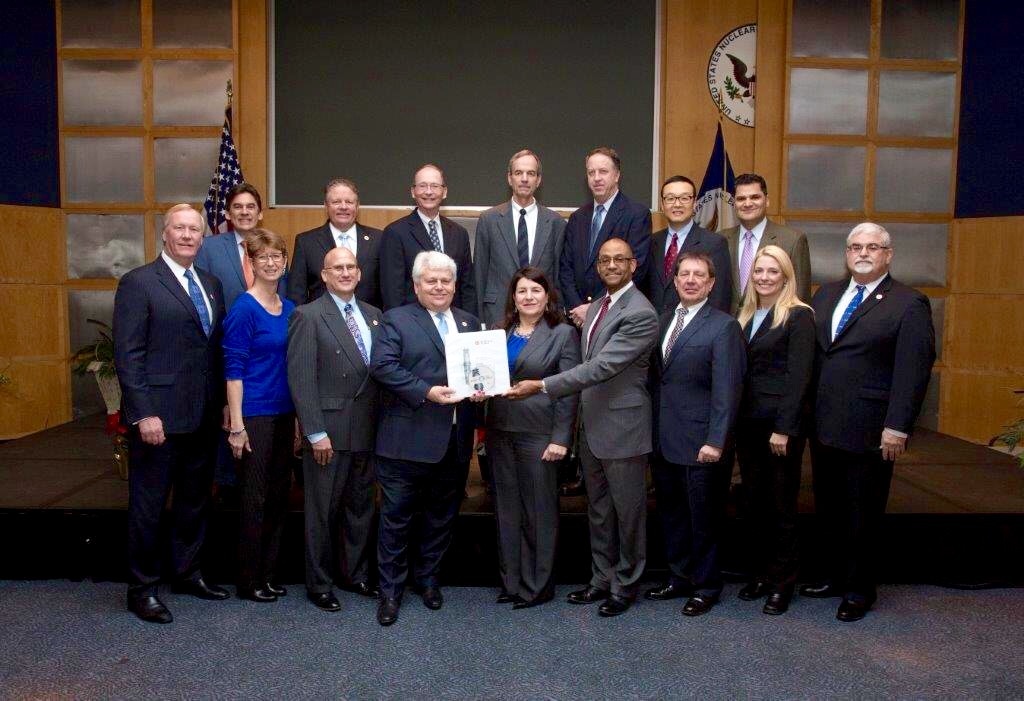
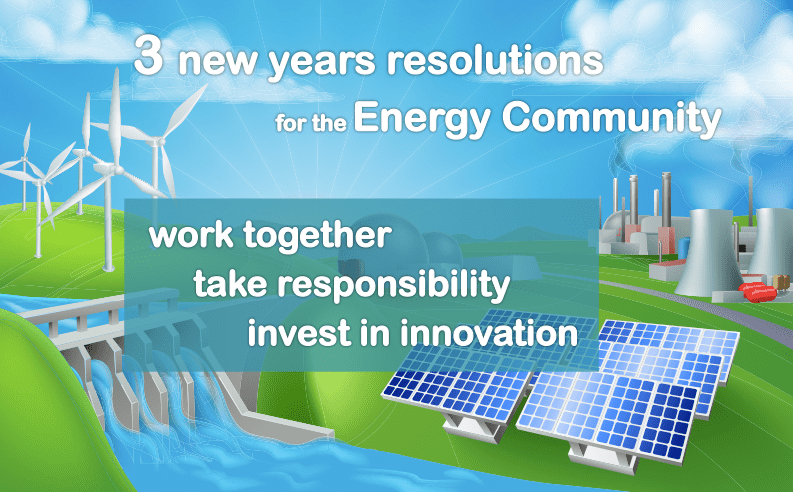
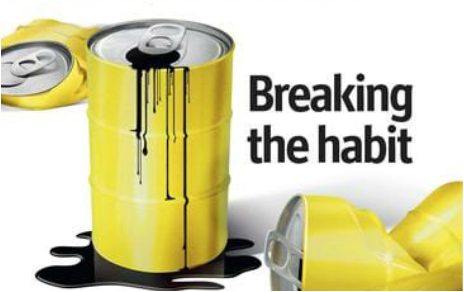
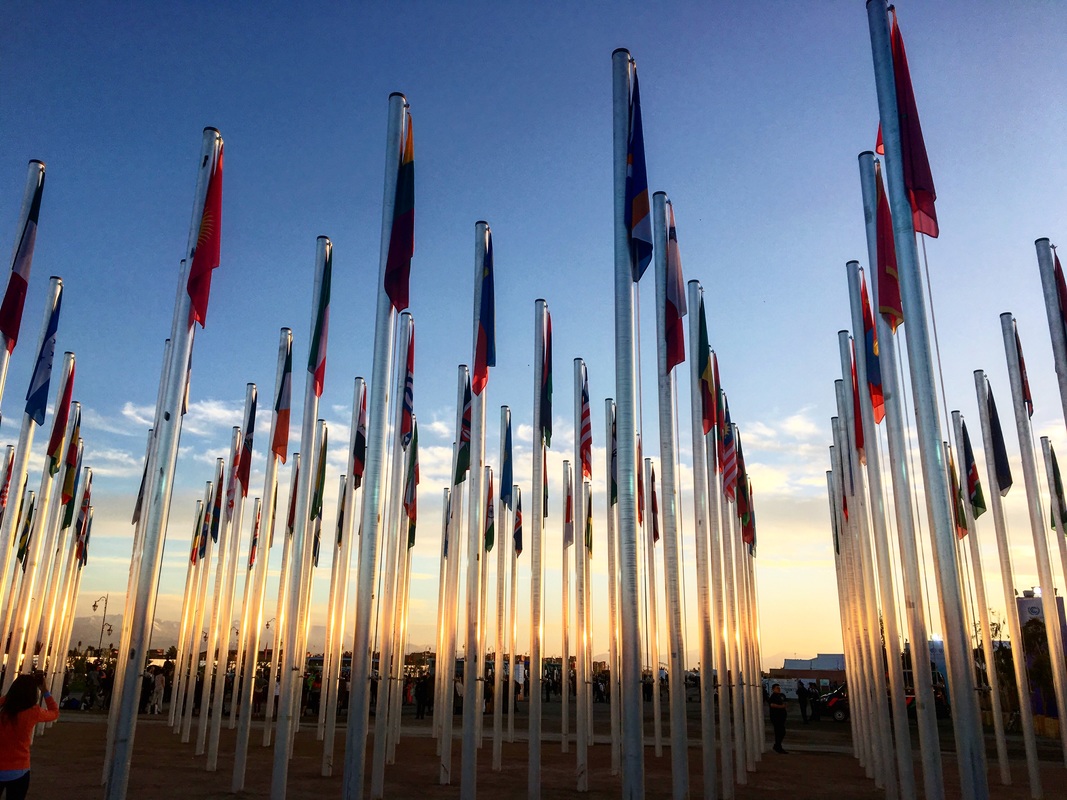
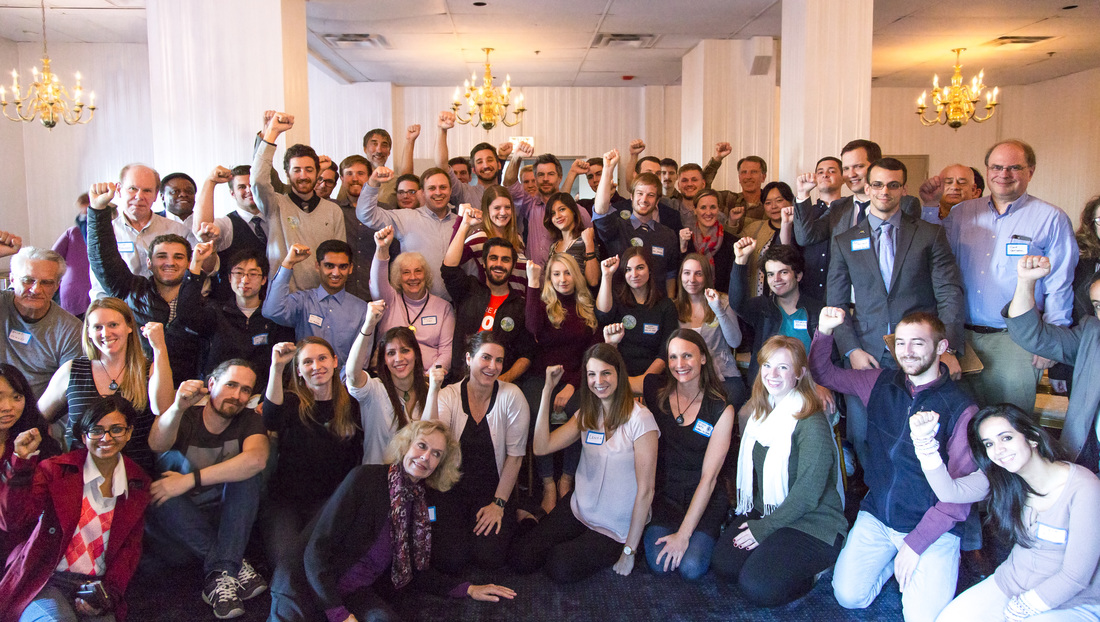

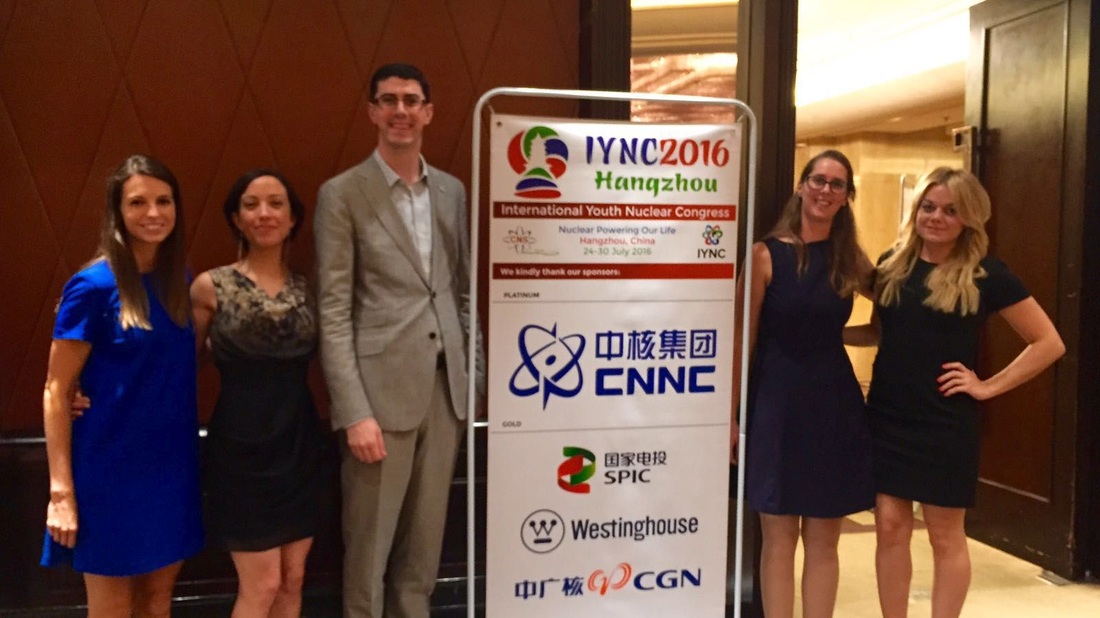
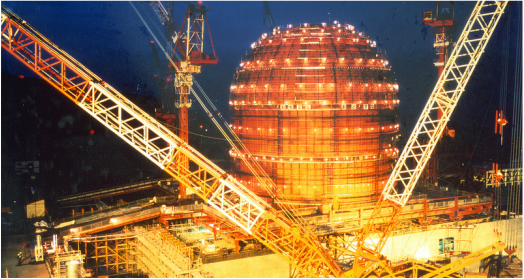

 RSS Feed
RSS Feed

